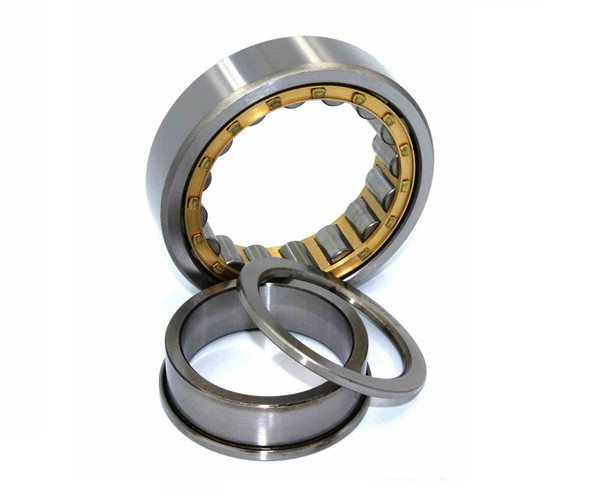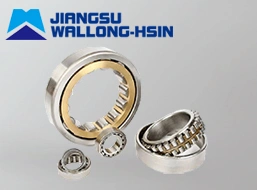Cylindrical roller bearing
Description
Cylindrical roller bearings are available in a variety of designs, series and sizes. The rollers of cylindrical roller bearings are key components. Their geometry, the so-called logarithmic profile, provides an optimum stress distribution in the contact zones in the bearing. Their surface finish maximizes lubricant film formation and optimizes rolling motion of the rollers. The benefits derived from this compared with traditional designs include enhanced operational reliability and a greater insensitivity to misalignment.
The range of cylindrical roller bearings comprises the basic types.
>>single row cylindrical roller bearings, caged, mainly of the NU, NJ, NUP and N designs.
>>double row cylindrical roller bearings, caged, mainly of the NNUand NN designs.
>>single row full complement cylindrical roller bearings, mainly of the NCF and NJG designs.
>>double row full complement cylindrical roller bearings, mainly of the NNF design.
Cylindrical roller bearings with a cage can accommodate heavy radial loads and operate at high speeds. Full complement cylindrical roller bearings are suitable for very heavy radial loads at moderate speeds.
Cylindrical roller bearings has a high carrying capacity, was widely used in agricultural machinery, large and medium-sized motors, rolling stock equipment, machine tool spindle, internal combustion engine, generator, gas turbine, gear box, rolling mill machine, vibrating screen and lifting machinery etc.

In a single row cylindrical roller bearing, the rollers are always guided between the integral “open” flanges on one of the rings. These “open” flanges combined with the specially designed and surface finished roller ends, provide improved lubrication, reduced friction and consequently lower operating temperature.
The ring with the integral flanges together with the cylindrical roller and cage assembly can be separated from the other ring. This results in easy mounting and dismounting, particularly where the load conditions are such that interference fits are required for both rings.
Our single row cylindrical roller bearings can accommodate heavy radial loads and high speeds. They are manufactured in several different designs, the main difference being in the configuration of the flanges.
NU design
The outer ring of an NU-design bearing has two integral flanges while the inner ring has no flanges (a). Axial displacement of the shaft with respect to the housing can be accommodated in both directions.
N design
The inner ring of an N-design bearing has two integral flanges while the outer ring has no flanges (b). Axial displacement of the shaft with respect to the housing can be accommodated in both directions.
NJ design
The outer ring of an NJ-design bearing has two integral flanges and the inner ring has one integral flange (c). These bearings can locate the shaft axially in one direction.
NUP design
The outer ring of an NUP-design bearing has two integral flanges and the inner ring has one integral flange and one non-integral flange in the form of a loose flange ring (d). These bearings can be used as locating bearings to locate the shaft axially in both directions.
NU+HJ execution
An NU –type bearing combined with an HJ angle ring (e) can be used to locate the shaft axially in one direction. SKF recommends not to fit standard angle rings at both sides of an NU-type bearing as this can lead to axial compression of the rollers.
NJ+HJ execution
An NJ-type bearing combined with an HJ angle ring (f) can be used to locate the shaft axially in both directions.
RNU design
NU-design cylindrical roller bearing without an inner ring
RN design
N-design bearings without an outer ring

